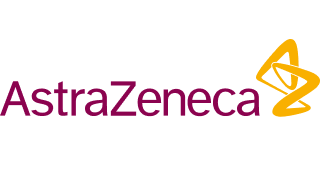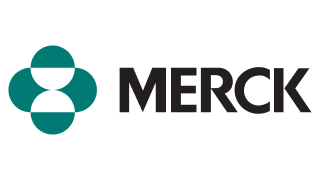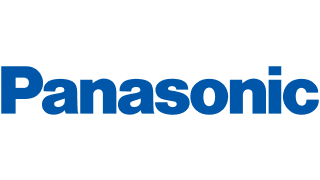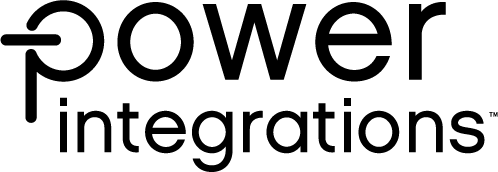Recover Clean, Recover Confident
Empower your business to rapidly identify, validate, and restore the last-known-good data—helping minimize risk, downtime, and uncertainty after a cyberattack.

How we do it
Pinpoint, validate, recover fast
Accelerate clean recovery by checking and validating data against known malware signatures and using AI-enabled evaluation for polymorphic threats, helping reduce reversion, and restoring business operations with confidence after any cyber incident.
Identify your latest Cleanpoint™
Leverage AI-enabled detection to rapidly locate the last-known-good backup across workloads, minimizing guesswork and recovery delays.
Learn moreValidate recovery, build confidence
Test data integrity in an isolated Cleanroom to validate cleanliness before recovery—scanning data for malware before recovering it into your environment.
Learn moreMaintain continuous business
Reduce data reversion and business impact by assembling optimal recovery points, shielding unaffected data from reinfection or further compromise when you recover.
Learn moreCleanpoint Identification Features
See, analyze, act with precision
Leverage advanced detection and recovery tools to quickly surface, grasp, and act on data-informed intelligence—empowering decisive response to cyber threats.

Rapid threat detection
Scan backups for both known and zero-day threats, using AI-enabled engines to spot malware, anomalies, and early signs of encryption.
Learn moreAutomated Cleanpoint™ identification
Quickly pinpoint the last uncompromised backup across workloads based on real intelligence data, eliminating manual searches and accelerating recovery decisions.
View Threat ScanCleanroom Recovery validation
Test and validate data in an isolated Cleanroom before restoring in production, preventing reinfection and maintaining a secure recovery environment.
View Cleanroom RecoveryCommvault Exclusive
Synthetic recovery
Utilizing the malware and encryption detection provided by Commvault, Synthetic Recovery creates a curated recovery point that combines the most recent clean version of files across all backups into a single recovery point.

Quick, easy, and clean recovery
Synthetic Recovery requires no manual effort and helps reduce the risk of reinfecting your environment with malware on recovery.
Save the good data, quarantine the bad
Valid, clean files from the most recent backup are preserved, while compromised files are quarantined and replaced with healthy versions from prior backups, helping reduce the risk of restoring a corrupt state.
Integrate with Cleanroom Recovery
Synthetic Recovery is integrated with Cleanroom Recovery, enabling you to easily choose your clean recovery point and initiate a restore of that clean data into a Cleanroom for observability and validation.
View Cleanroom RecoveryANALYST REPORT
The Forrester Wave™: Data Resilience Solutions, Q4 2024
See why Commvault is ranked highest for strength of offering and why Forrester said, “[Commvault’s] strengths include data resilience […] ease of use; backup integrity, vaults, and airgap; as well as regulatory and compliance features.

Our Reach
Securing more than 100,000 companies
EBOOK
Cyber Recovery 101: Your Guide to Building a Resilient Cloud-first Enterprise
This introductory guide to cyber recovery can help you understand what’s required to improve cyber resilience and combat threats in a cloud-first world.


Webinar: Cyber Resilience in Regulated Industries

Cyber Resilience Handbook

Redefining Cyber Recovery: Introducing Mean Time to Clean Recovery
Frequently Asked Questions
What is a ‘Cleanpoint’?
A Cleanpoint(TM) is a backup from a point-in-time that has been scanned for threats and none have been found. The most important Cleanpoint is the last-known-good version of a backed up file, object, or VM before a threat has been detected. This indicates the best potential recovery point to restore without an affected file.
What is ‘malware’?
Malware — short for malicious software — is any program or code designed to harm, exploit, or otherwise compromise computers, networks, or data. It includes threats like viruses, ransomware, spyware, and trojans, which can steal information, damage files, disrupt operations, or give attackers unauthorized access to systems.
Why is ransomware so dangerous?
Ransomware is dangerous because it encrypts or locks critical data and systems, holding them hostage until a ransom is paid — often disrupting business operations, causing data loss, and leading to costly downtime or reputational damage. Even if the ransom is paid, there’s no guarantee data will be fully restored or that attackers haven’t left backdoors.
Immutable backups help protect against ransomware by creating copies of data that cannot be altered, deleted, or encrypted — even by administrators or malware. This means that, after an attack, organizations can restore clean, unmodified data.
Why is ‘clean’ recovery important?
During a cyberattack, clean recovery is critical because restoring infected or compromised data can reintroduce malware, prolong downtime, and undermine recovery efforts. Attackers often plant hidden code or backdoors that persist even after systems appear restored.
Get Started
Try Commvault Cloud today
Cyber resilience for the cloud-first enterprise, with the first platform built to enable continuous business.








